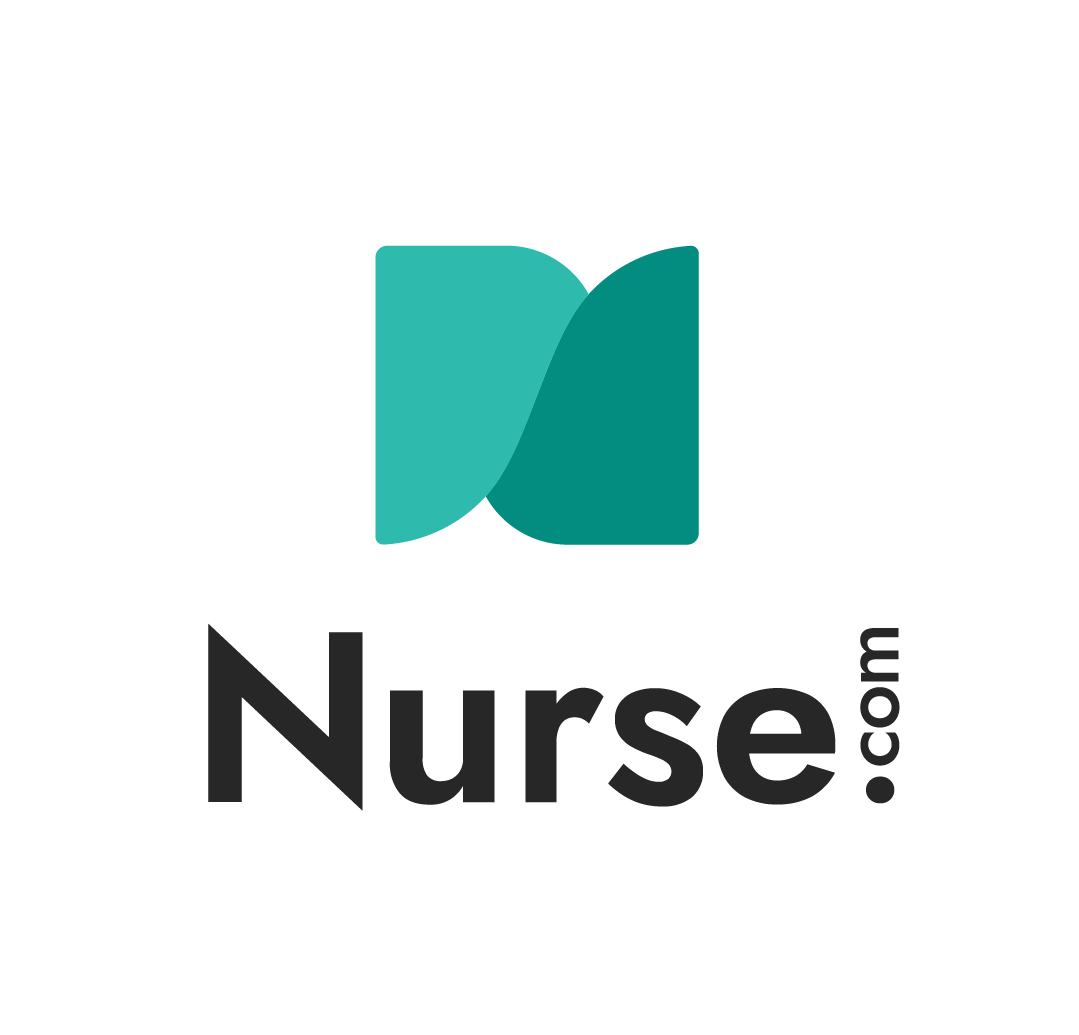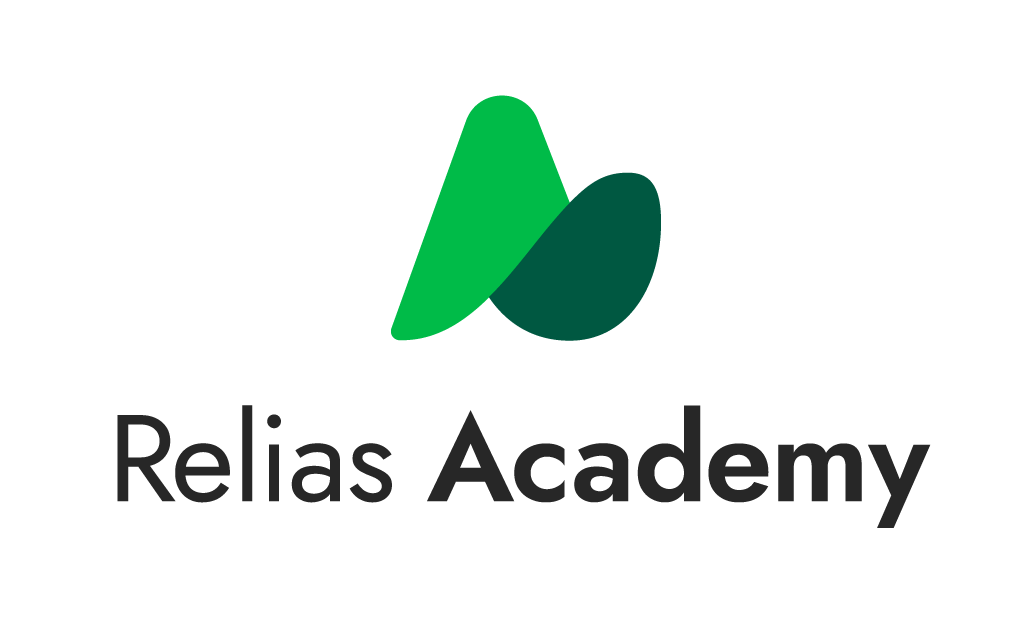If you’re creating training courses for your adult staff members, you probably already know that you have to use different techniques than you might if you were in a primary education setting. Here are five tips on how to combine content and technology best practices to up your game.
Focus your content on behavioral change
Adults are more likely to actively participate in training if they know exactly what they are going to learn and how it benefits them. For example, you might provide strategic learning objectives at the beginning of the course and then regularly confirm that each section or exercise addresses at least one of these objectives.
Try scenario-based training
Adults learn by being involved and through building on prior experience. Incorporating strategies such as vignettes and scenarios let learners make real-time decisions using situations they are likely to face in their day-to-day jobs.
Incorporate instructive content into your course feedback
When designing feedback that’s given within a course, go beyond “correct/try again,” and use learner responses as a springboard to provide additional information or content. When feedback is used as an additional learning moment, it reinforces the information and performance-based decision making.
Leverage emotional impact and visual impact
Training should create an emotional impact so that it reinforces the connection between the learner and the content. Story-based learning, for example, fosters emotional connection through stories and graphics — making the content relevant and meaningful to the learner. That connection creates increased motivation for behavior change.
When you choose images, be purposeful. Accurately reflect real-world subjects and situations.
Enhance interactions through gamification
Simple game mechanics can help learners take an active role in their education. Rather than passively listening to a traditional lecture, learners can dive in to training and play a role in how the knowledge is delivered to them.
Of course, the content from Relias Learning incorporates these best practices – but you can incorporate them into your own courses to boost engagement and information retention. If you’d like to see examples of these tips in action, visit reliaslearning.com/impact.






